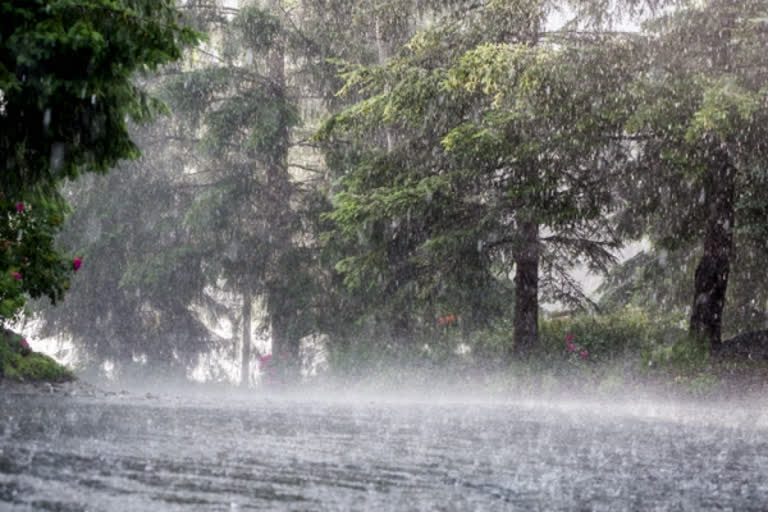New Delhi: Monsoon extremes are likely to increase over India and South Asia, while the frequency of short intense rainy days are expected to rise, an IPCC report on climate change said on Monday. Models also indicate a "lengthening of the monsoon" over India by the end of the 21st century, with the South Asian Monsoon precipitation projected to increase, said the Sixth Assessment Report of the IPCC, approved by 195 member countries.
Rainfalls, floods and droughts will also increase, R Krishnan, Executive Director, Centre for Climate Change Research (CCCR), Indian Institute of Tropical Research and one of the co-authors of the report said. Droughts will occur more because soil will lose moisture. Due to an increase in temperature, there will be more water evaporation, which will in turn decrease soil moisture and lead to droughts, he said. "Experiments with constant forcing indicate that at 1.5 degrees and 2 degrees Celsius global warming levels, mean precipitation and monsoon extremes are projected to intensify in summer over India and South Asia," the report said.
"CMIP5 models project an increase in short intense active days and decrease in long active days, with no significant change in the number of break spells for India," the report said. Krishnan added that extreme weather events have been on the rise since the last 50-60 years but with higher levels of global warming it is going to get even stronger.
Read:222 deaths, Rs 700 crore loss in Himachal Pradesh due to rains
"The number of rainy days may decrease, but then when heavy rains occur they will happen in short spells. So the frequency of heavy rainfall events are expected to increase," he said. The finding assumes significance considering that South Asia which includes India are one of the densely populated regions in the world. The economy in this region is largely driven by the Southwest Monsoon.
Swapna Palickal, one of the authors of the report, said with warming, it was assessed that monsoon precipitation or South Asian Monsoon precipitation has decreased during the middle of the 20th century, which is mostly caused by the aerosol induced aerosol forcing.
